The idea to write about rosewood came to me when someone asked if we knew where they could find rosewood. He needed it for inlays. So I started to inform myself. The subject is very interesting and I learned a lot of interesting things. As a result, I will now talk about rosewood, also known as rosewood.
Rosewood in English is "rosewood", hence the translation "rosewood". The name comes from the fact that, freshly cut, it has a sweet, rose-like smell that lasts for several days.
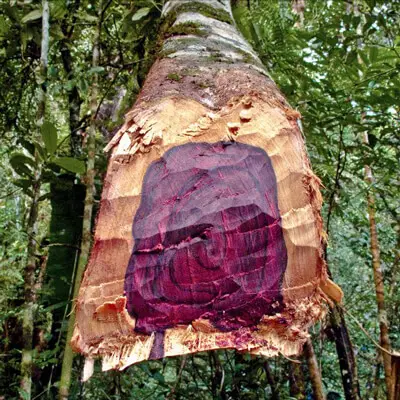
photo source: blackmagic.com.au
Unlike the species treated so far - oak tree, acacia, cherry, nuc, ulmul - Rosewood is an exotic wood not found in our forests. There are around 300 species of rosewood found around the world. What they have in common is a sweet smell and a distinctive colour. This does not mean that all species have the same colour. They are different, but all have a hint of reddish that combines with brown, orange, maple or black. It is a hardwood and very precious, with a natural silky sheen. Because of its beauty it has been heavily exploited throughout the ages. That's why all species are now more or less protected, with felling restricted.
The best known species of rosewood are those of the genus Dalbergia. I chose 5 of them to see the differences in colour and pore layout. Dalbergia nigra is the Brazilian rosewood. It is found in Brazil and due to massive logging, has been a protected species since 1998. The colour ranges from reddish-brown to dark red and black. The large round pores are evenly distributed throughout the annual ring.
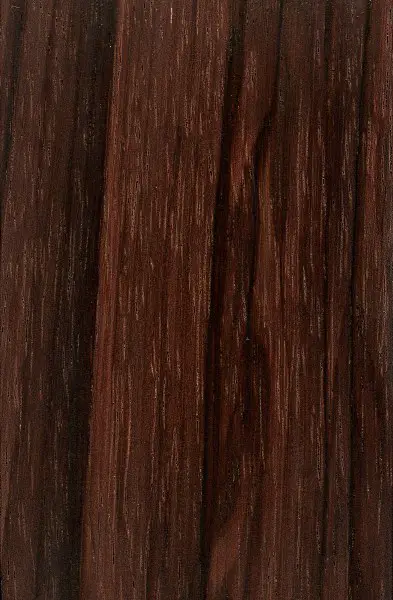
photo source: wood-database.com
Dalbergia maritima is the Madagascar rosewood, also known as bois de rose (rosewood in French). The colour is brighter, redder, and the pores are round, not so large and spread out in the annual ring.
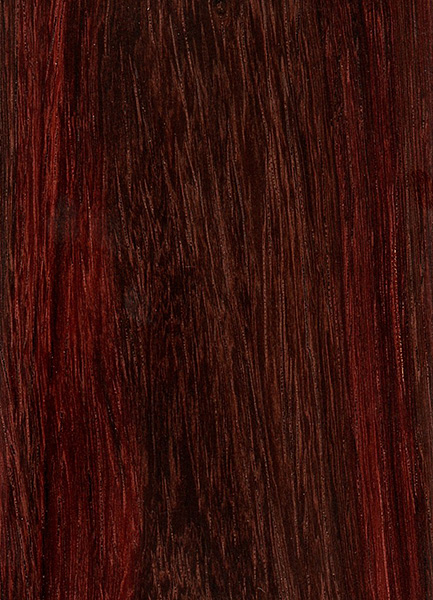
photo source: wood-database.com
Dalbergia retusa is the Central American rosewood and is also called cocobolo. Many consider it the most beautiful and spectacular exotic species, with a rainbow of colours: orange, red, maple, brown, black. The pores are similar to the Brazilian rosewood.
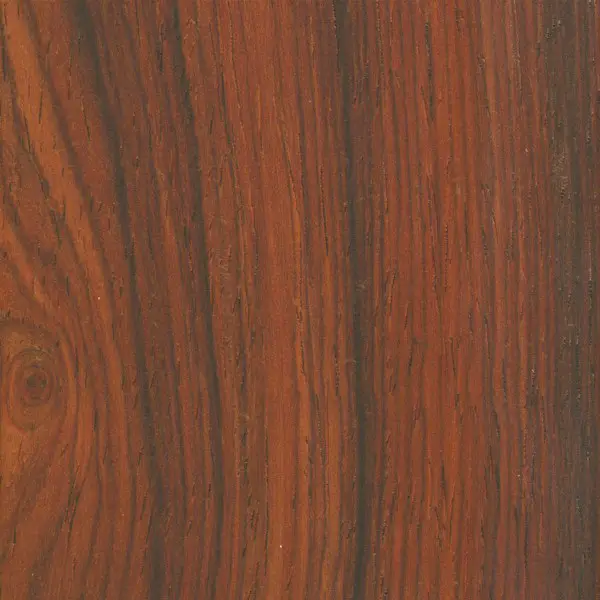
photo source: wood-database.com
Broad-leaved daub is the Indian rosewood. The colour is more muted, brownish, the pores are small, round and though.
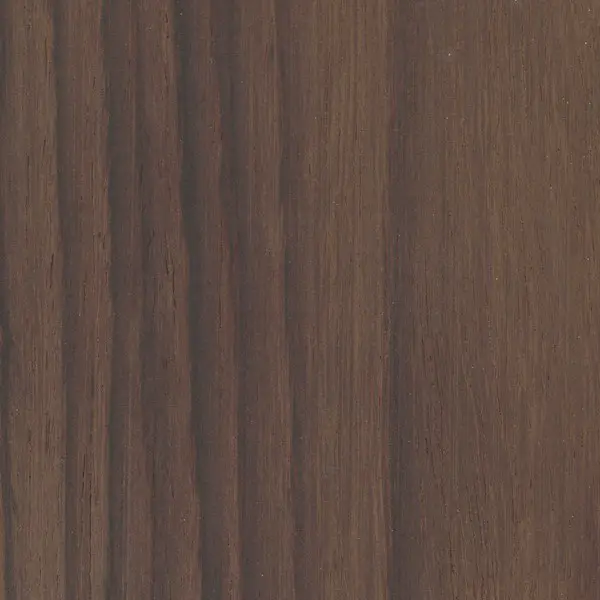
photo source: wood-database.com
The last in this selection is Dalbergia oliveri and is the rosewood found in SE Asia (Burmese). The colour is light reddish brown and the pores are round, large and sparse.
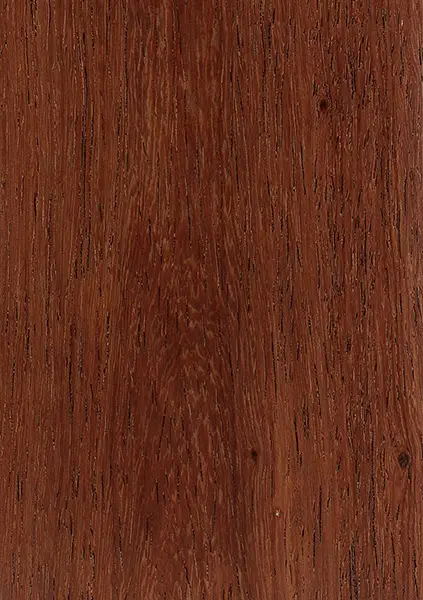
photo source: wood-database.com
Rosewood is a precious, very expensive wood that has been used since ancient times to make luxury furniture.
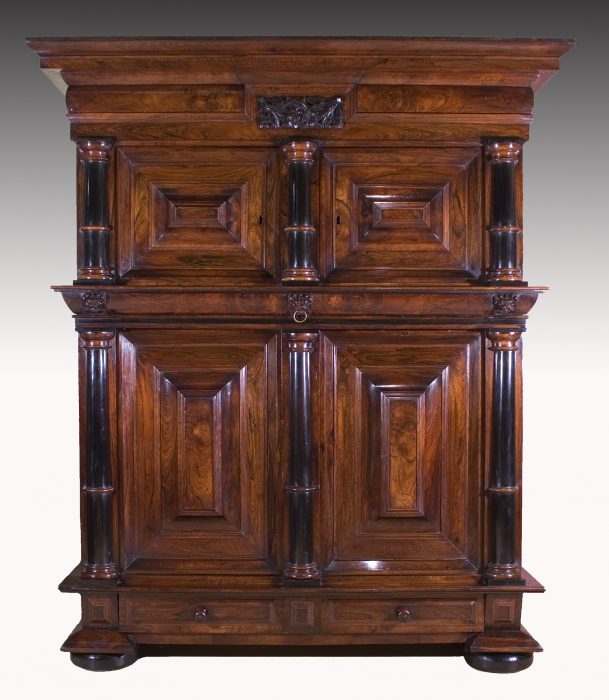
photo source: onlinegalleries.com
Also in the past it was used to make watches,
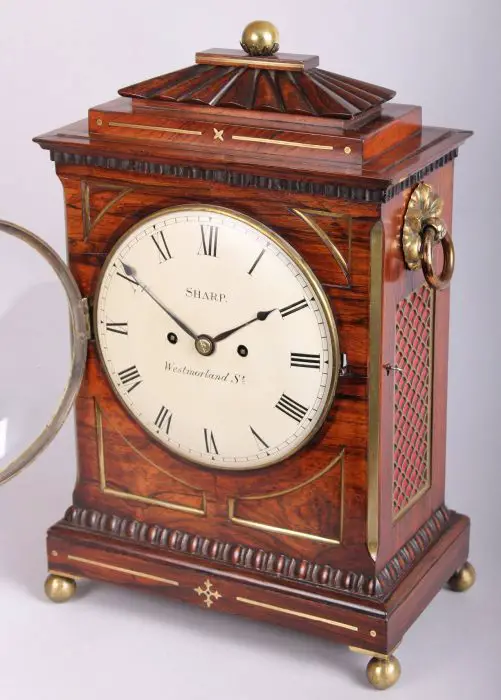
photo source: 1stdibs.com
travel cases or jewellery boxes.
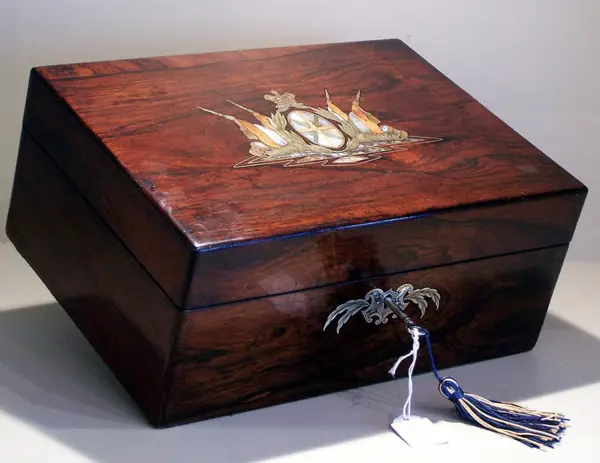
photo source: onlinegalleries.com
Nowadays, furniture made of rosewood is very expensive and quite rare.
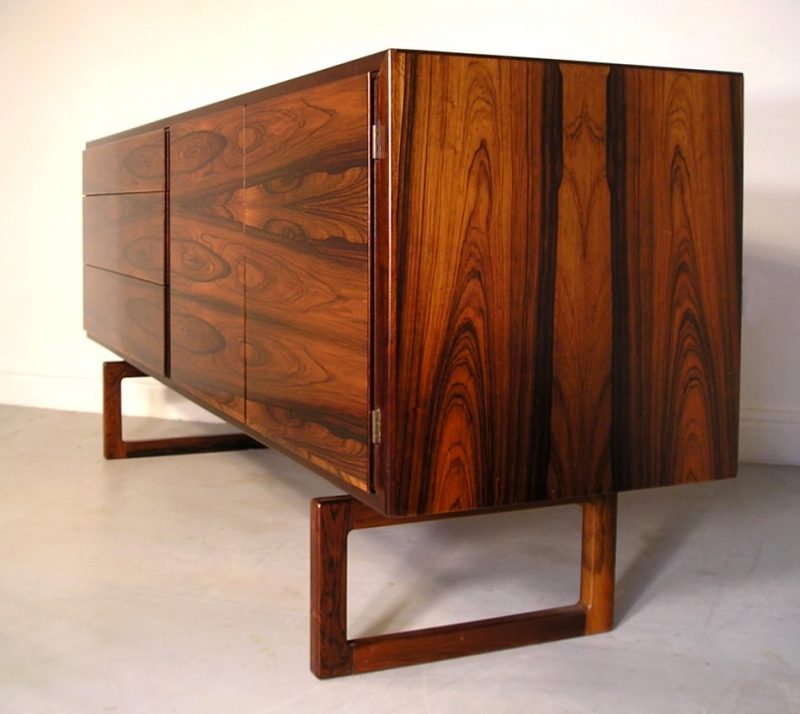
photo source: midcenturyhome.co.uk
Rosewood is also used to make luxury items such as pens and pipes,
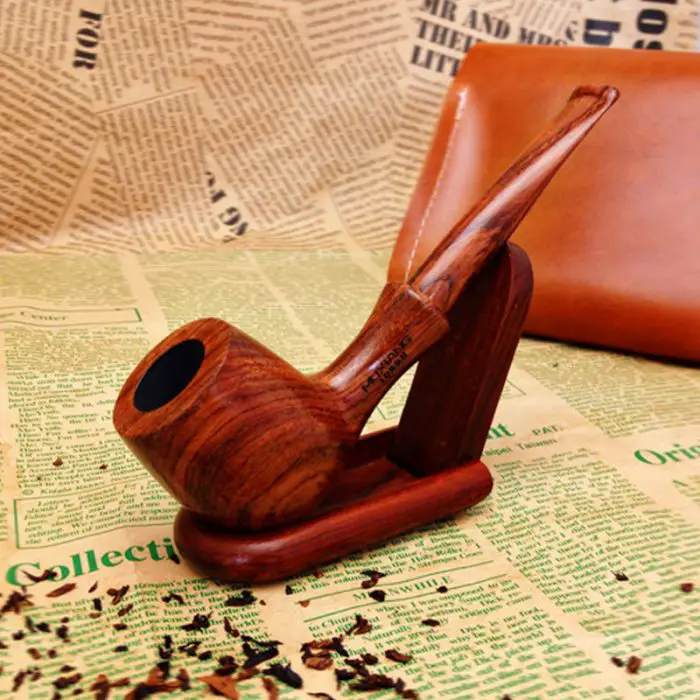
photo source: aliexpress.com
chess games.
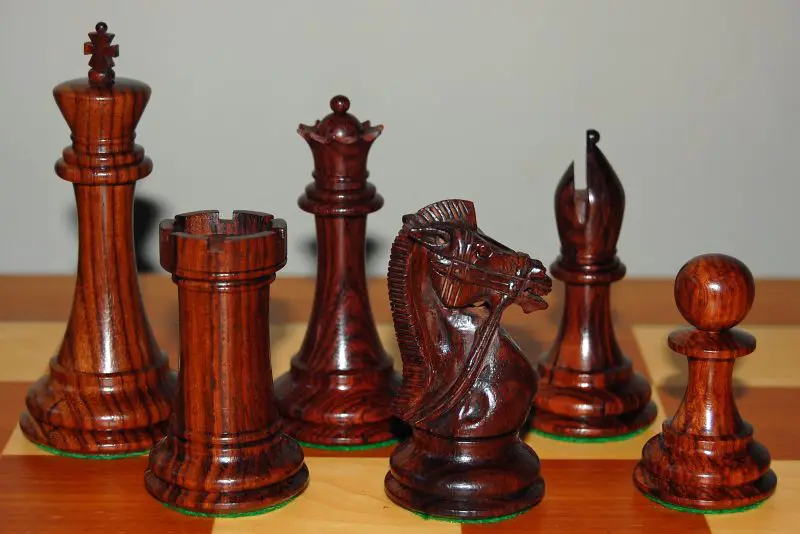
photo source: commons.wikipedia.org
The highly visible and colourful design, in which you can see colours such as orange, black, brown and red next to each other, makes it very popular as flooring or flooring.
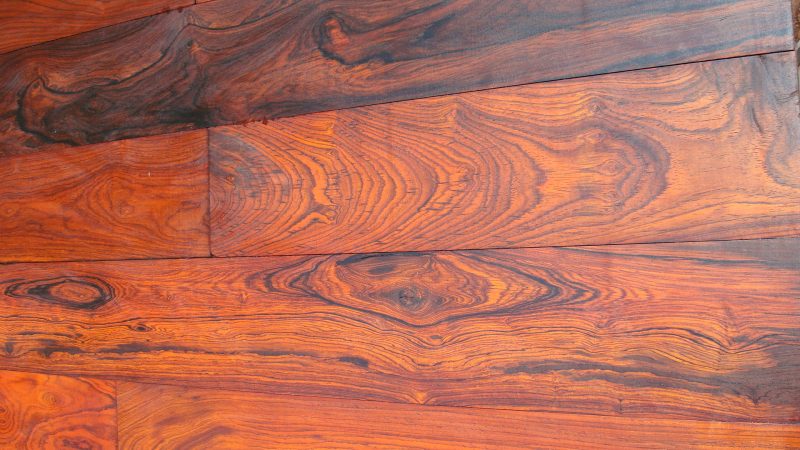
photo source: diamondtropicalhardwood.com
It was and is used to clad the walls and ceilings of temples, palaces and other important buildings.
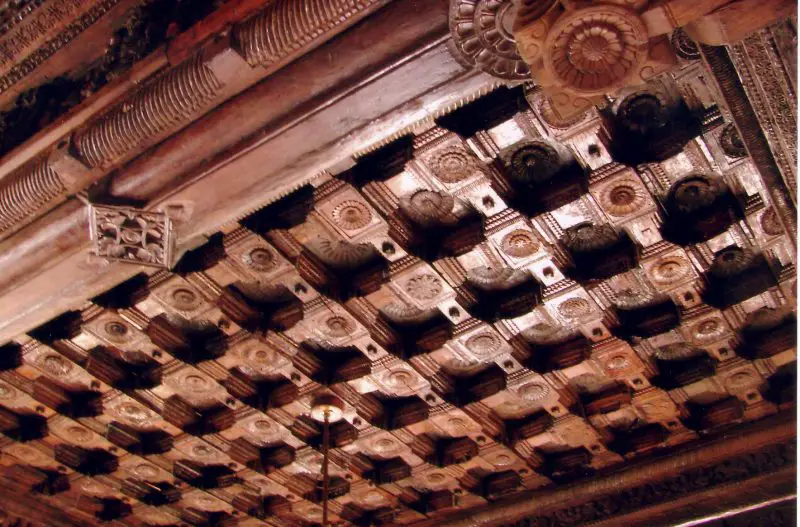
photo source: interiordesignassist.wordpress.com
One of the important uses of rosewood is for making musical instruments. It is used to make classical and electric guitars
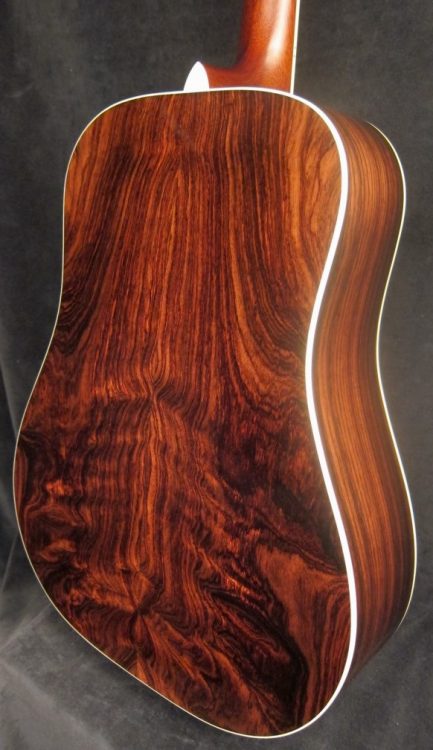
photo source: santacruzguitarcompany.com
and wind instruments such as the bassoon or clarinet.
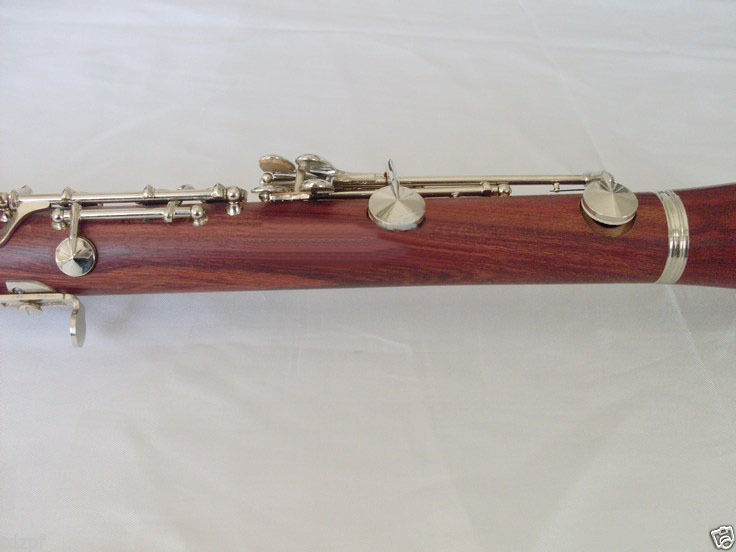
photo source: aliexpress.com
Rosewood is used both as solid wood
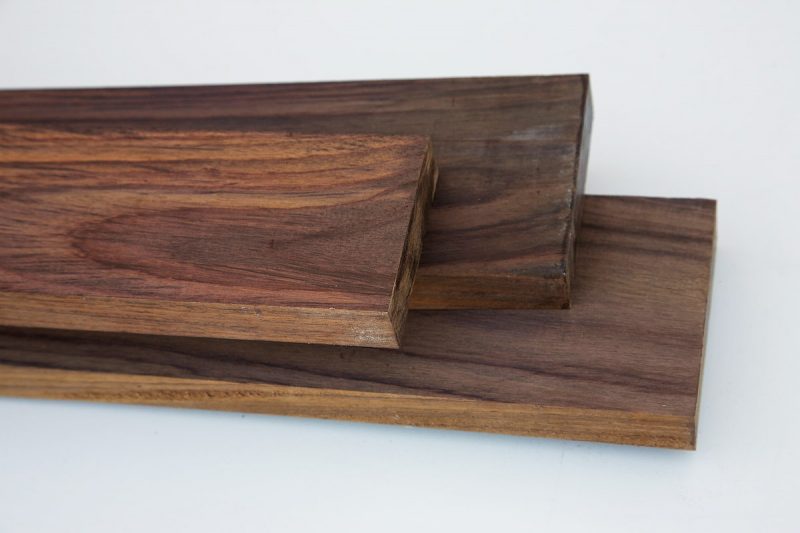
photo source: woodworkerssource.com
and as a veneer
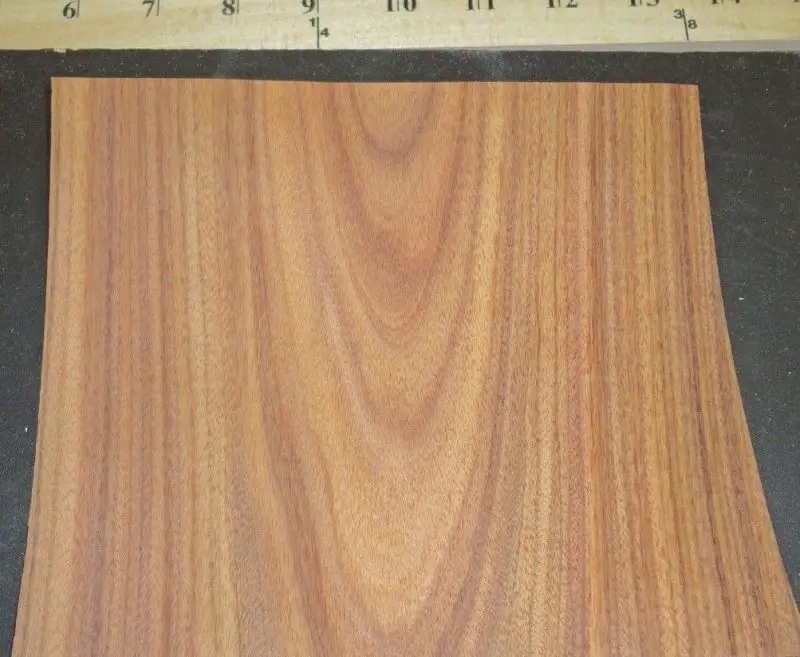
photo source: picclick.ca
and carve and turn gently.
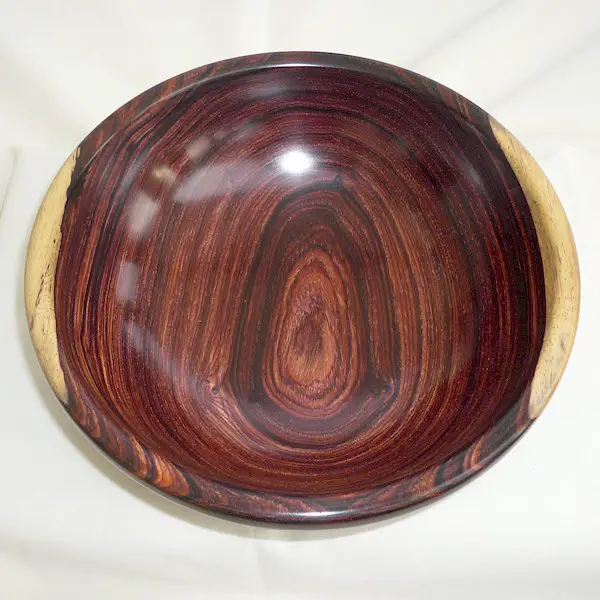
photo source: wood-database.com
Due to the special colour it is used for inlays.
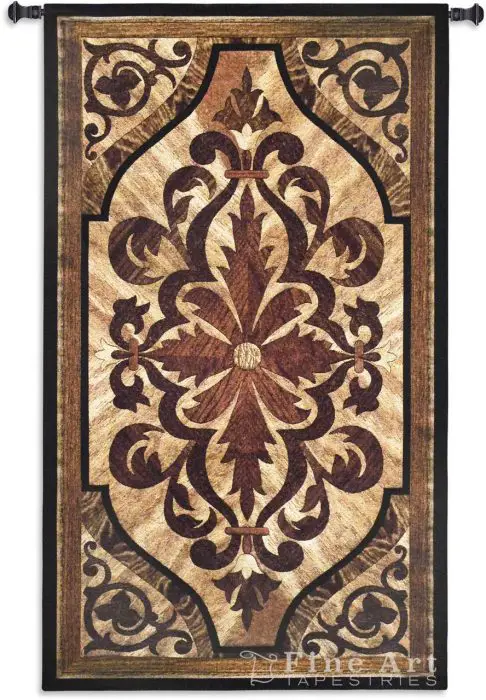
This special colour has led to the existence of dyes in the shade of rosewood, so that there are furniture of different woods, all of which are often misleading. One identifying feature of rosewood furniture is that there is a wide variation of colours on the surface of the same piece of furniture, indeed the same piece of wood. Furniture in rosewood colour is uniform and even if the wood used has a more particular design, the bath cannot reproduce the shades of the natural colour of rosewood.
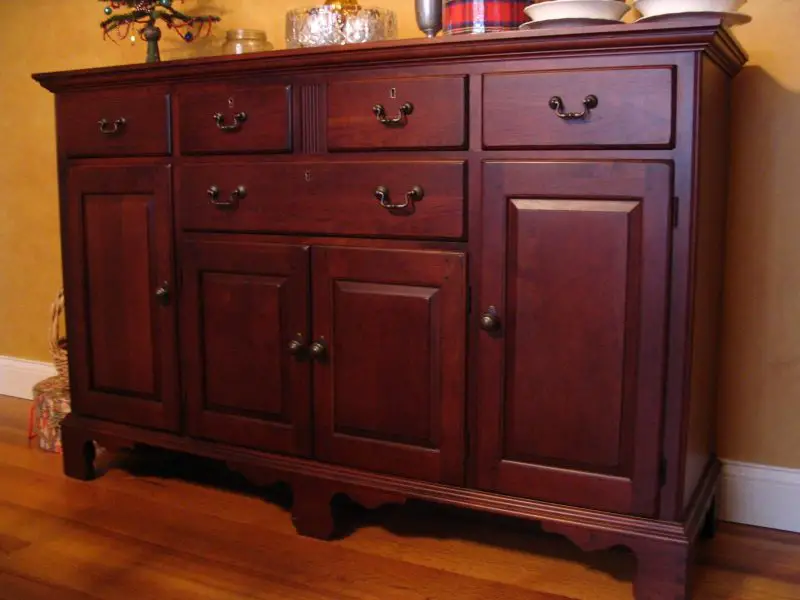
photo source: dwyerforestry.com
Rosewood can also be identified by knocking on it. The resulting sound is clear, clean, without "noise".
Massive logging for centuries has brought the rosewood close to extinction in many parts of the world. This has led CITES (the Convention on International Trade in Endangered Species of Wild Fauna and Flora) to place all species of rosewood under protection and restrict their exploitation.

photo source: truplantation.com

























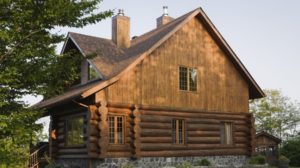

Could you share some information about the hairwood and the mimosas (silk tree)?
I came into possession of a hair trunk, which was cut just when it turned 100 years old, because the new owner didn't like it.Unfortunately I only managed to "save" a 90 cm long part.I have never seen a hair trunk so thick - after cutting it at the gater I ended up with 19 pieces with the size of 90X50X4-5 cm (lengthXwidthXthickness).
I also recently came into possession of a mimosas trunk 1.6 meters long and 30 cm in diameter (again I think such thicknesses are hard to see in this species), which has a superb fiber in my opinion.
My job has nothing to do with wood, but I try to continually accumulate information, and what I do is just a hobby.
Thank you!
I promise that very soon (probably next week) there will be an article about hairwood. For the silk tree I'll have to do more research, but it will come soon.
All the best.